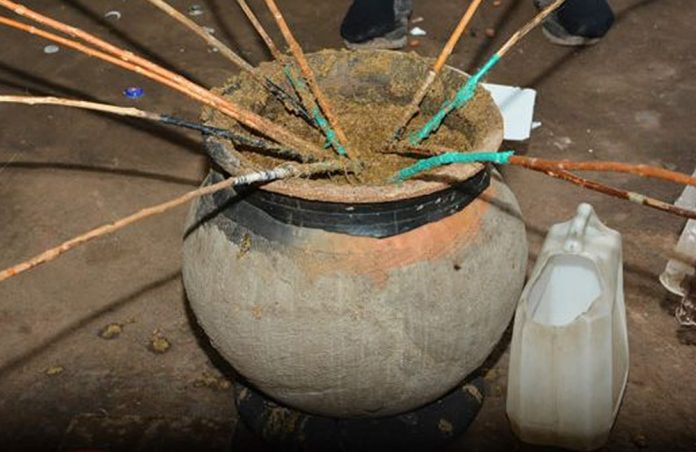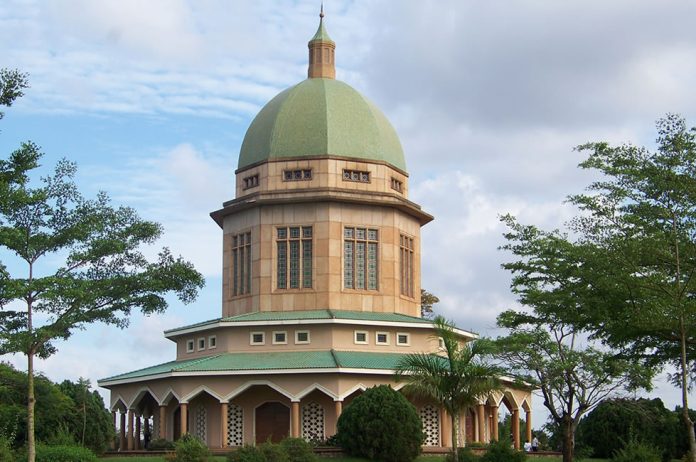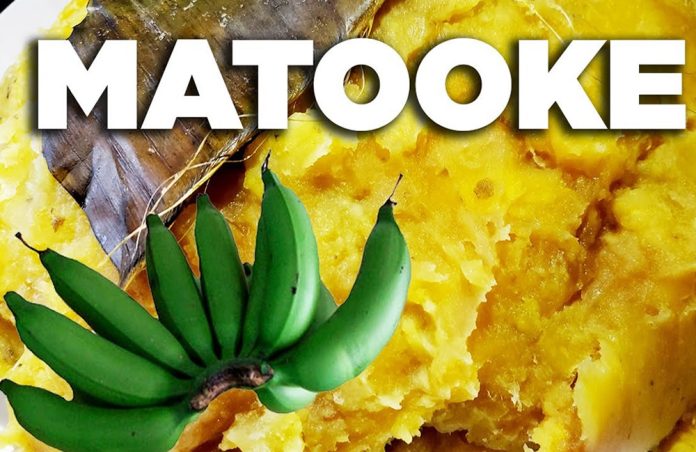Save up to 30% on your upcoming Uganda tour by getting best unbeatable prices of great value with your best tour operator offering all kinds of Budget safaris in Uganda. It doesn’t matter when you visit; so long as you chose right travel experts to organize your dream safari in Uganda, expect to save big on the first personalized tour offers depending on your interest and budget.
Huge discounts are offered to travelers year round even during the peak season months so long as you book a safari tour in Uganda. Several tour agents offer affordable prices for Uganda safaris in all Uganda National Parks including the most popular ones in western Uganda like Bwindi Forest National Park, Kibale Forest National Park, Queen Elizabeth National Park, Murchison falls National Park and Kidepo Valley National Park.
Private Tours in Uganda
Imagine tracking gorillas at only less than $1500 a price for one gorilla permit in Rwanda. Private gorilla tours in Uganda have huge discounts and travelers save big on permits and general tour holidays. Private Uganda gorilla safari prices include, transport, full board meals, accommodation, airport pick and drop, experienced English speaking driver guide, bottled water , gorilla permits and all the tour activities as indicated in the trip program. Tourists are free to choose tours from the company we blink and still ask for changes and adjustments to be made through mail communications with their travel consultants. Sometimes multiple other options are suggested alongside your favorite and you chose the best for your dream holiday. Just let your expert knows your interest and you will have it all done with the best Uganda safari tour. All tour services are used privately except when you have to join other tourists on different tour activities in different national parks and attractions.
Backpacking tours in Uganda
Be one of those brave travelers and explore the country on your own by only booking a few travel essentials from tour operators. Gorilla permits, accommodation and car hire services are some of the travel services you may book that is if you going on a self driving Uganda safari. However, for those connecting to the parks by bus better to book only your gorilla permit and accommodation for reasons of convenience. Start your adventure in the exciting amazing cities-Kampala and Entebbe full of historical and amazing attractions. However, since gorilla trekking is the most exceptional tour adventure in Uganda among all what the country offers to visitors, head out to Bwindi forest National Park for your memorable gorilla trekking tour. Didn’t say other tour adventures are not fantastic but gorilla trekking is extremely amazing. Most Uganda safaris usually begin and end in major city centers of Entebbe and Kampala at either hotel of residence or international airport for back home flights. Entebbe and Kampala cities are hardly missed on any safari in Uganda either at the beginning or at the end.
Uganda Tourist Visa
Remember to pay your tourist visa to Uganda that costs only $50 and can be obtained online or upon arrival at Entebbe international Airport. With this Visa you can re-enter the country after exploring other nearby countries of Rwanda, Democratic Republic of Congo, Kenya, Tanzania so long as the date of entry are still valid .But if your plan is to visit multiple destinations , them go in for the east Africa visa that cost $100 only. Visa fee isn’t included on the tour price, it’s usually paid separately. Taking back, you may need a one night accommodation in either Kampala or Entebbe on the night before your trip or after. Therefore budget for between $30-$100 to be on the safe side and you will find multiple lodges, hotels and guest houses in your range. That in love with hostel accommodation, you will pay starting from $5 per night. Those looking at visiting Uganda around Christmas, spare a few dollars for the lodge that is used to make your day special and colorful.
















